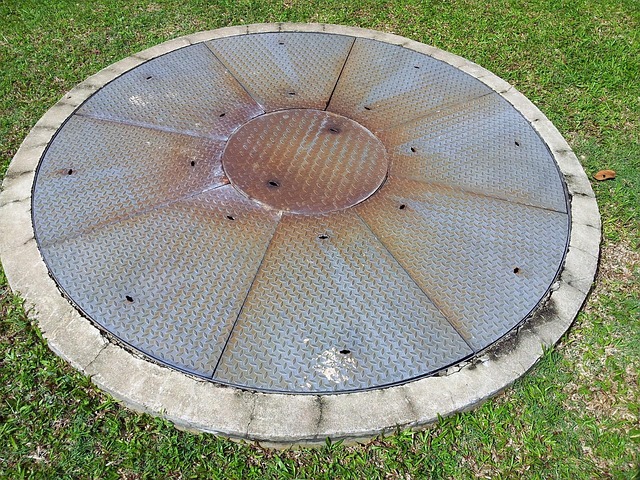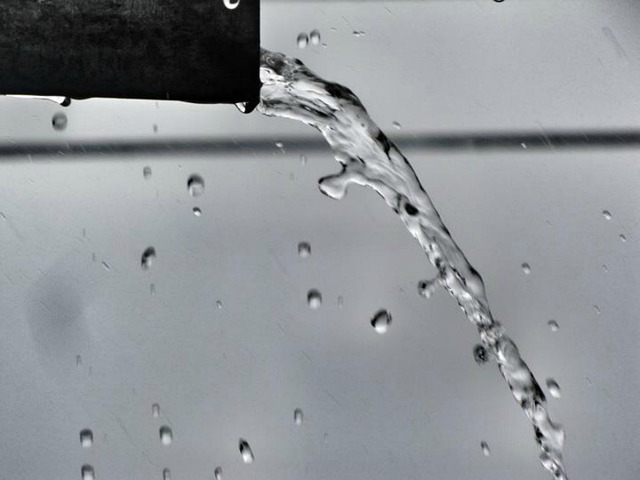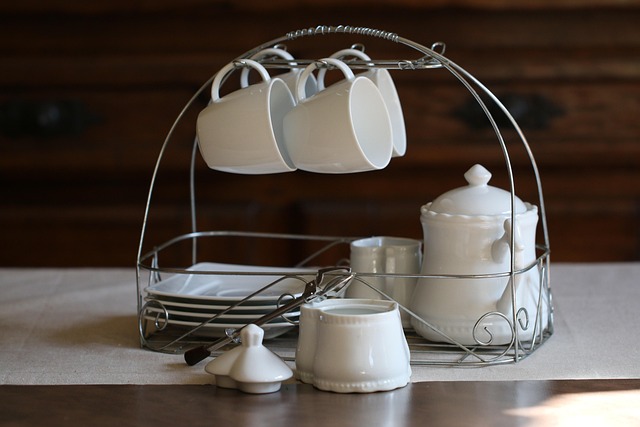Floor drains require regular maintenance to prevent clogs from hair and debris. Use tools like plungers, chemical cleaners, or professional drain unblocking services. Simple precautions, specialized toolsets, and permanent prevention methods reduce clog frequency. DIY unclogging involves specific techniques and chemicals, while natural methods offer eco-friendly alternatives. Regular maintenance, including drain covers and hot water flushes, is vital for long-term clarity. Professional drain unblocking service is recommended for recurring or severe clogs.
Unclogging floor drains efficiently is a vital task for any homeowner or property manager. This comprehensive guide offers practical solutions for tackling common drain clogs, ranging from understanding the root causes to employing effective tools and techniques. We provide a step-by-step approach, explore natural vs. chemical methods, and share preventive maintenance tips. By following these strategies, you can turn a potentially stressful situation into a manageable one, ensuring your drains remain clear and your floor spaces stay functional, all while optimizing your drain unblocking service.
- Understanding Common Floor Drain Clogs
- Tools and Equipment for Unclogging
- Step-by-Step Guide to Drain Cleaning
- Chemical vs Natural Unblocking Methods
- Preventing Future Clogs and Maintenance Tips
Understanding Common Floor Drain Clogs

Understanding Common Floor Drain Clogs
Floor drains are a crucial component of any home or commercial space, efficiently managing water flow and preventing overflows. However, they can also be prone to clogs due to a variety of reasons. One of the most common culprits is hair, especially in bathrooms, where even small strands can accumulate and form blockages over time. Unclogging kitchen drains quickly is another concern, as food particles, grease, and other debris can easily build up and cause significant blockages. Even in high-rise building drain cleaning, where the system might be more complex, clogs can occur due to a buildup of various materials.
Regular maintenance is key to preventing these issues. Using drain unblocking services or simple DIY methods like plungers and chemical cleaners can help keep drains clear. For unclogging hair from bathroom sinks, a small plier-like tool designed for this purpose is effective. Additionally, being mindful of what goes down the drain—from not flushing non-biodegradable items to using strainers in sinks—can significantly reduce the frequency of clogs.
Tools and Equipment for Unclogging

Unclogging floor drains efficiently requires the right tools and equipment. A basic drain unblocking service kit should include a combination of chemical drain cleaners, metal or plastic drain snakes (also known as augers), and a plunger. Chemical drain cleaners are powerful solutions designed to dissolve hair, grease, and other common blockages. Drain snakes are versatile tools that can be inserted into the drain to break apart or pull out obstructions. A plunger is essential for creating a seal and building pressure to dislodge clogs.
For more severe cases or homeowners looking towards long-term solutions, investing in a high-quality drain unblocking toolset for homeowners is recommended. These sets often include additional tools like drain hooks, bottle brush cleaners, and power drills with specialized bits, which can tackle deeper or more stubborn clogs. Remember, while these tools can help with regular maintenance, understanding preventing drain clogs permanently involves adopting habits such as using drain covers to catch hair and debris, regularly cleaning traps, and being mindful of what goes down the drain to avoid putting harsh chemicals in your pipes.
Step-by-Step Guide to Drain Cleaning

Unclogging floor drains efficiently is a skill every homeowner should possess. Here’s a step-by-step guide to help you tackle this common drainage problem like a pro. Start by gathering essential tools, including a plunger, drain snake, and hot water mixed with baking soda or vinegar. Next, place the plunger over the drain, ensuring it creates a tight seal. Pump up and down vigorously for several seconds, then pour in your chosen cleaning solution. Allow the mixture to sit for about 15 minutes, giving any buildup time to dissolve. After the waiting period, slowly turn on the hot water tap, allowing the stream to flow directly into the drain. If the clog persists, use the drain snake to manually remove any debris or built-up gunk.
For more stubborn clogs, consider using a combination of these effortless drain unclogging methods. DIY drainage problem solutions can be effective and cost-efficient, but for more complex issues, it might be best to call in a professional drain unblocking service. These experts are equipped with advanced tools and have the expertise to handle even the trickiest situations, ensuring your drains are free-flowing once again across all service areas covered.
Chemical vs Natural Unblocking Methods

When it comes to unclogging floor drains efficiently, there are two primary approaches: chemical and natural methods. Chemical drain unblocking services often rely on potent chemicals like sodium hydroxide or hydrochloric acid, which can effectively dissolve hair, grease, and other blockages. However, these chemicals can be hazardous if not used properly, posing risks to both your health and the environment. They may also damage pipes over time if overused.
On the other hand, natural unblocking methods offer a safer alternative. Home remedies such as using baking soda and vinegar, or salt and hot water, are popular choices. These methods are eco-friendly, non-toxic, and cost-effective. While they might not be as potent as chemicals, they are effective for routine drain maintenance. For more severe drainage system cleaning tips, professional drain inspection services can identify underlying issues, providing long-lasting drainage problem solutions for businesses and homes alike.
Preventing Future Clogs and Maintenance Tips

To prevent future clogs and ensure your floor drains stay clear, regular maintenance is key. Start by removing hair, grease, and other debris from drains on a weekly basis using a drain cover or catch. Additionally, consider scheduling a plumber Bromsgrove for periodic sewer line inspections to identify potential issues early on. Regularly pouring hot water down the drain can also help dissolve built-up grime.
For stubborn clogs, high-pressure hydro jetting for drains is an effective solution. This powerful technique involves using a specialized machine to blast water through pipes, breaking up and removing obstructions. If you notice recurring clogs or have an older plumbing system, consider investing in a drain unblocking service to prevent costly sewer line repair or replacement down the line.
Unclogging floor drains is a task that, with the right knowledge and tools, can be efficiently managed. By understanding common causes of clogs and employing effective methods like chemical or natural solutions, you can keep your drainage system running smoothly. Regular maintenance and preventive measures are key to avoiding future blockages, ensuring a hassle-free drain unblocking service for years to come.
